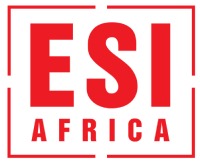Hear about the software to future-proof tomorrow’s smart grids
The smart metering infrastructure of the future will require remote online communication
Don Taylor, STS Specifications Expert, says utilities are very interested in being able to offer prepayment functionality while handling complex tariff and demand management, which is why they’re keen to use the Standard Transfer Specification (STS) software on their metering systems.
LISTEN
“For example, time-of-use tariffs residing in the meter are effective means to shift consumer energy usage patterns away from peak demand periods by offering lower prices during off- peak periods.
“On the other hand, rising block tariffs and effectively are effectively used to reduce overall consumption or getting the more affluent consumers to subsidise the poorer consumers,” said Taylor in conversation with ESI Africa Editor-in-Chief Nicolette Pombo-van Zyl in a podcast on the next chapter for the STS.
Software for metering functionality
Taylor points out that the emergence of residential co-generation from distributed energy sources such as photovoltaic cells panels and electric vehicles will require meters to support import and export energy tariffs together with prepayment functionality.
“Smart metering infrastructure therefore requires remote online communications,” he explained.
But, since the reliability of networks in many developing economies will still take time to mature, particularly for prepayment functionality, there is a need for an alternative offline channels for the delivery of the credit token to the meter.
Cover photo: The VUKA Group.


